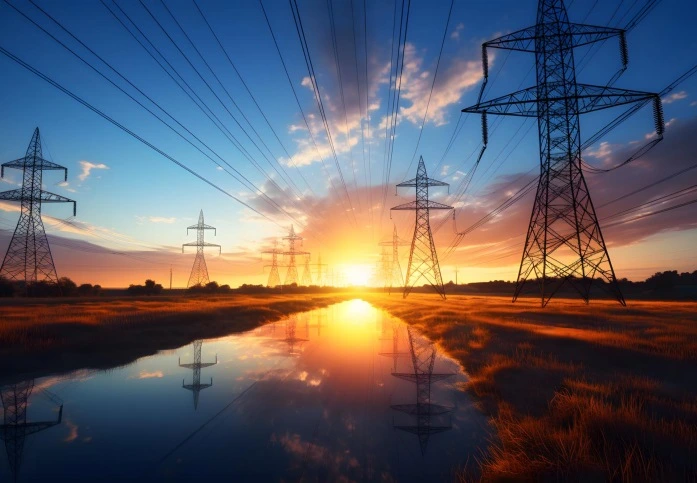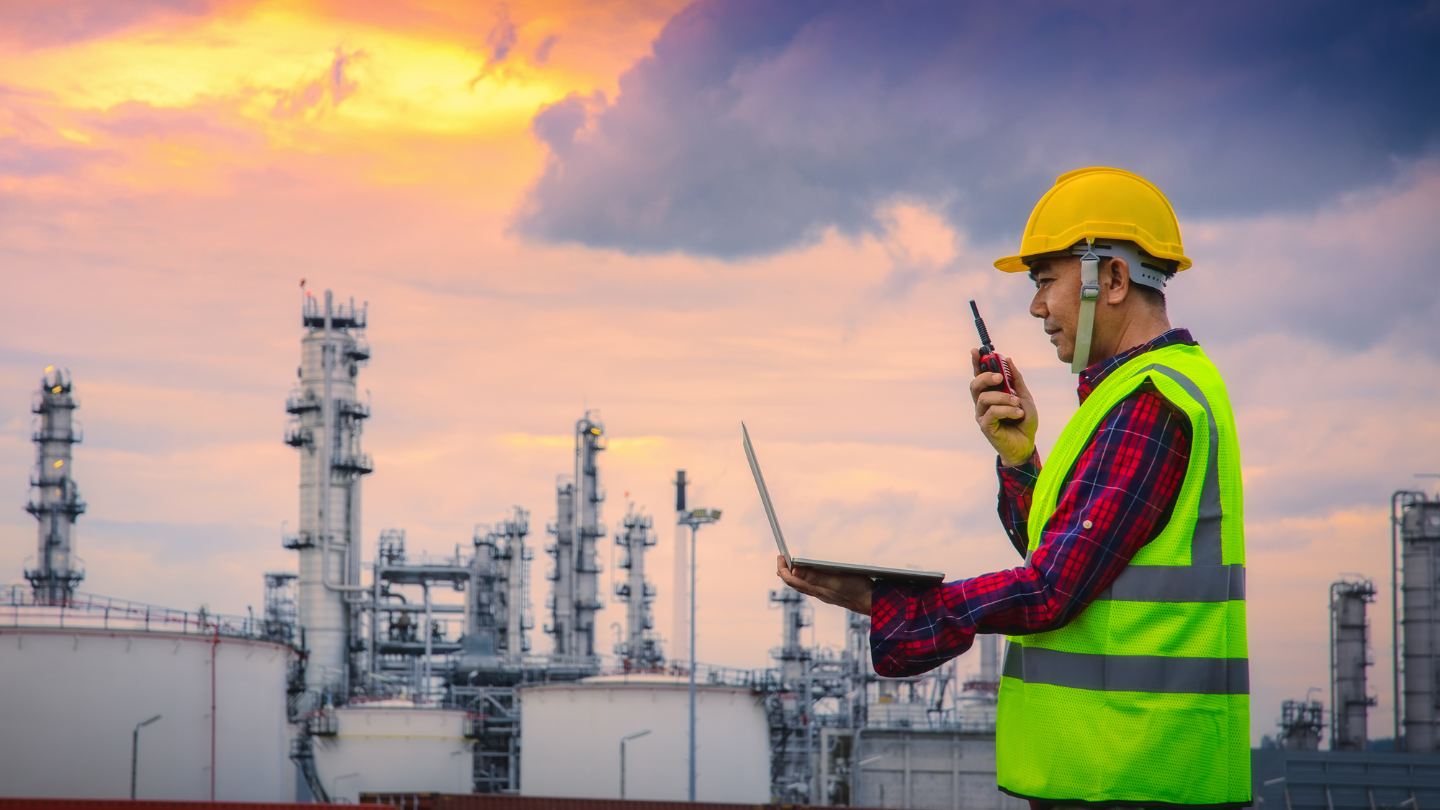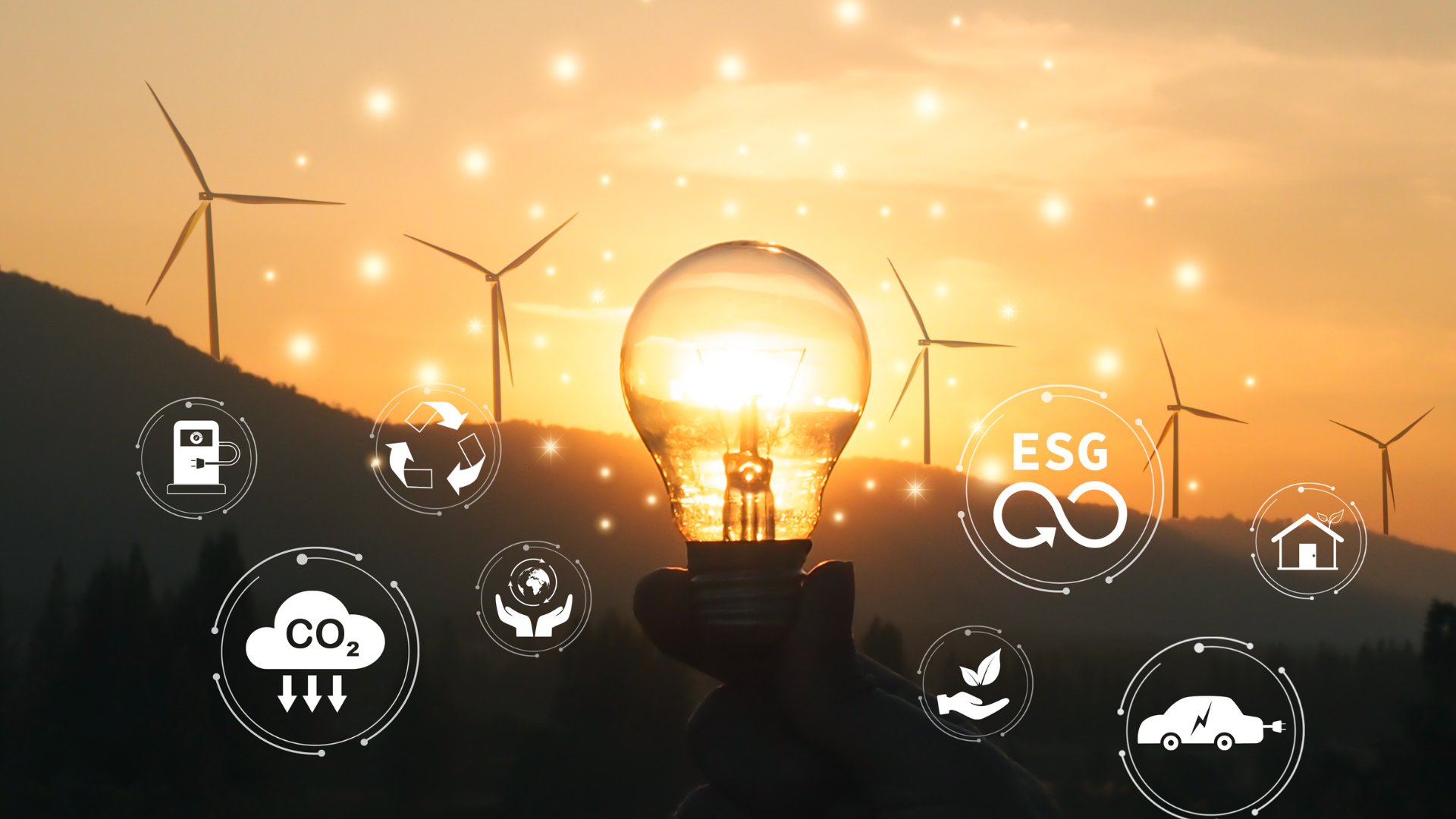What is Supply Chain Optimization? Objectives, Technologies, and Benefits

Introduction Every product we buy, from everyday groceries to complex electronics, goes through a long journey before it reaches us. This journey involves sourcing raw materials, manufacturing, storage, transportation, and final delivery. Managing this complex process efficiently is crucial for any business seeking to remain competitive and profitable. That’s where supply chain optimization plays a … What is Supply Chain Optimization? Objectives, Technologies, and Benefits








